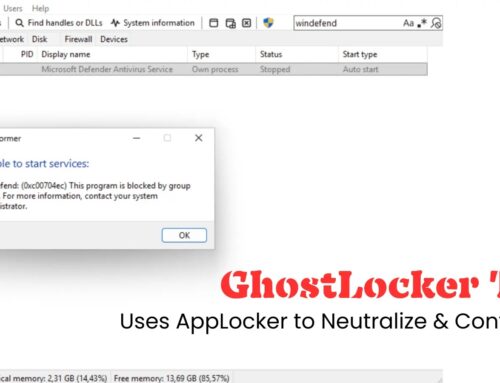
Manufacturing Security: Why Default Passwords Must Go
# Manufacturing Security: Why Default Passwords Are a Critical Vulnerability
## Introduction
In an increasingly interconnected world, manufacturing security is becoming a pressing issue. With many devices and systems relying on default passwords, the potential for security breaches is alarmingly high. This blog post will delve into why default passwords pose significant risks to manufacturing security and offer actionable steps to mitigate these vulnerabilities.
### Outline
1. **Understanding the Importance of Manufacturing Security**
– Definition of manufacturing security
– The rise of Industrial Internet of Things (IIoT)
2. **The Role of Default Passwords in Manufacturing Security**
– What are default passwords?
– Common examples of default passwords in manufacturing systems
3. **Impact of Default Password Vulnerabilities**
– Case studies of breaches related to default passwords
– Financial and reputational damage to organizations
4. **Responsible Practices for Securing Manufacturing Systems**
– Importance of changing default passwords
– Implementing strong password policies
– Role of cybersecurity training for employees
5. **Tools and Technologies for Enhanced Manufacturing Security**
– Security software and hardware options
– The role of network segmentation
6. **Conclusion**
– Recap of main points
– Call to action for manufacturers to enhance security practices
—
## Understanding the Importance of Manufacturing Security
Manufacturing security refers to the protection of digital and physical assets within manufacturing operations. As industries adopt IIoT technologies, the landscape of manufacturing security becomes more complex, exposing organizations to potential cyber threats. Without robust security measures, manufacturers risk operational disruptions, data theft, and costly recovery processes.
## The Role of Default Passwords in Manufacturing Security
### What Are Default Passwords?
Default passwords are pre-set codes assigned by manufacturers to devices and applications. Often, these passwords are widely known or easily guessable.
### Common Examples of Default Passwords in Manufacturing Systems
Many systems still use default passwords like “admin,” “1234,” or “password.” Such simplistic combinations serve as the first line of attack for malicious actors. Their prevalence in industrial control systems, cameras, and other connected devices is alarming.
## Impact of Default Password Vulnerabilities
### Case Studies of Breaches Related to Default Passwords
Numerous organizations have fallen victim to cyber attacks exploiting default passwords. One striking example is the breach of a large manufacturing firm that resulted in a loss of millions in revenue due to operational downtime and data leakage.
### Financial and Reputational Damage to Organizations
Beyond immediate financial losses, a breach can severely tarnish a company’s reputation, eroding trust with customers and stakeholders alike. The costs of recovery, legal action, and regulatory fines can be monumental.
## Responsible Practices for Securing Manufacturing Systems
### Importance of Changing Default Passwords
Changing default passwords is the first step in mitigating risk. This simple yet effective action can significantly reduce unauthorized access to systems.
### Implementing Strong Password Policies
Developing a robust password policy that encourages the use of complex and unique passwords is critical. Regularly updating these passwords can further alleviate security risks.
### Role of Cybersecurity Training for Employees
Employees are often the weakest link in the security chain. Providing ongoing cybersecurity training empowers staff to recognize threats and act responsibly.
## Tools and Technologies for Enhanced Manufacturing Security
### Security Software and Hardware Options
Utilizing firewalls, intrusion detection systems, and antivirus software can provide a fortified defense against cyber threats.
### The Role of Network Segmentation
Segmenting networks can minimize the impact of breaches by isolating sensitive systems from unsecured networks, thereby limiting the attack surface that cybercriminals can exploit.
## Conclusion
In summary, default passwords represent a critical vulnerability in manufacturing security. By understanding the risks and implementing robust security measures, manufacturers can protect their operations from cyber threats. It’s time for manufacturers to take a proactive approach towards security and prioritize the changing of default passwords, enhance policies, and focus on employee training. Together, we can build a safer manufacturing environment.
—
### Key Takeaways
– **Understand the Risks**: Default passwords are an easy target for cybercriminals.
– **Act Proactively**: Changing default passwords and implementing strong password policies can mitigate risks.
– **Invest in Training**: Empower employees through education and awareness initiatives.
– **Utilize Security Tools**: Implement hardware and software solutions to strengthen your defense.
By taking these necessary steps, manufacturers can ensure operational continuity and protect their assets and data from potential cyber threats.





